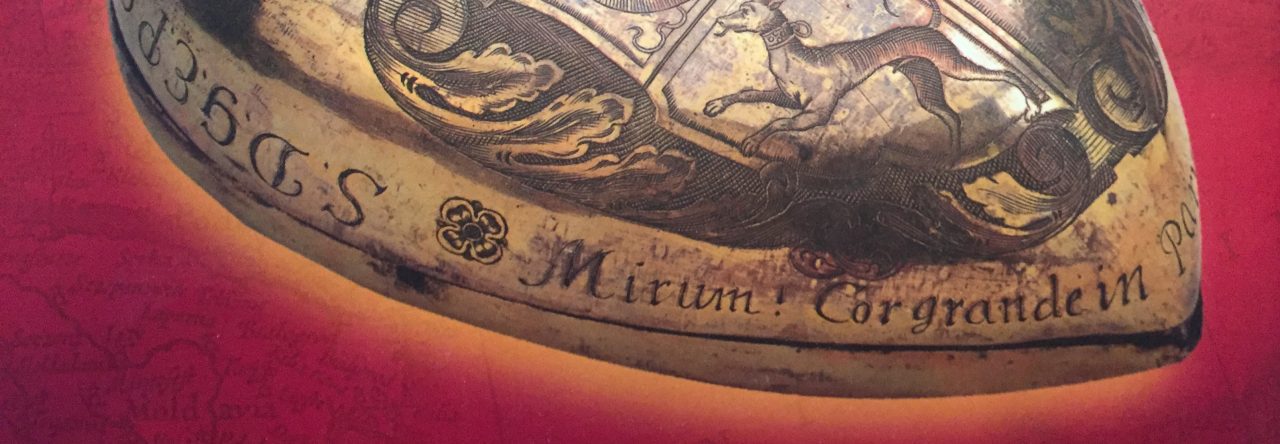The Ancient Egyptians’ conception of death and life in the next world have had a decisive influence on other societies and so affected the whole history of religion and theology. For the Egyptians, the heart was the seat of reason, intellect, the will, and all good and bad characteristics. It was the store of all life experience and of decisive importance for its owners life balance.
At the judgement of the dead, the heart parted from its owner and came forward as an omniscient witness to Osiris, the judge of the dead, and spoke for or against its master. If, when the heart was subsequently weighed, it was pronounced to be “too light” it would be devoured, together with its owner, by a monster with a crocodile’s head.

The great importance attached to the heart over thousands of years is reflected here in its special treatment at the burial of Pharaohs, nobility at court, and the rich and powerful in general, in that the deceased was conserved for eternal life and the resurrection of the body.
At the embalming, the entrails and organs were removed and the brain, which had no further significance for the Egyptians, was extracted with a hook through the eye sockets or the nose.

The entrails were mixed with myrrh and bicarbonate of soda and distributed into three vessels, so-called canopic jars, whilst the heart had a fourth vessel to itself, the form of which was often a copy of the heart hieroglyph.
The Pharaohs’ fear that the heart could refuse to accompany them to the next world often led to the attempt to replace it with another one. This was the heart scarab or beetle stone which was either placed inside the chest cavity or on top of the left side of the chest and wrapped in the bandages in which the mummified body was shrouded.
This probably served already as a model for burials of the elite in the Middle Ages, in which the brain received no special treatment, but the entrails, heart and body were buried separately.

Leave a Reply